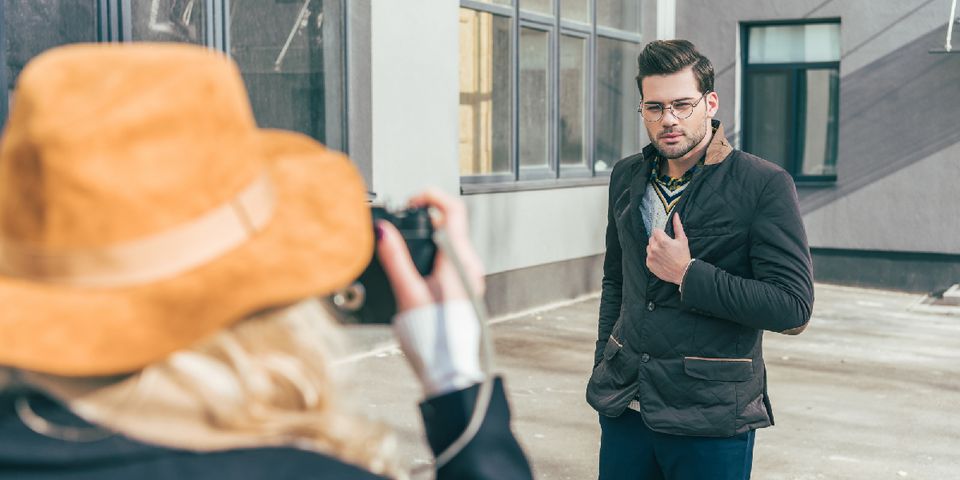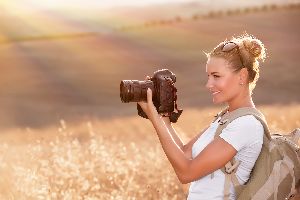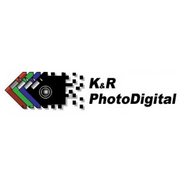Suggestions on How to Photograph During Different Times of the Day

Part of photographing outdoors is knowing how to work with the elements. The sun constantly changes how light and shadow will affect your pictures. Over time, photographers have developed strategies for key day periods so you can capture the best outdoor photos. Here is a helpful guide, including what photo equipment and settings may work best.
Suggestions on How to Photograph During Different Times of the Day
Morning to Mid-Morning
The morning is defined by soft, glowing light. It’s less intense than other times of the day, so you’re able to face subjects toward the sun without creating harshness. The light is also cooler, which will affect color. As always, use as low ISO (light sensitivity) that you can in these hours for best quality files. You may need to use a higher ISO and/or a wider f-stop so that you can use a handheld shutter speed equivalent to the focal length of your lens or higher, ie using an 80mm lens, set your shutter speed to 1/60th a second or higher unless you are using a tripod.
High Noon or Mid-Day

The sun projects downward light at high noon, which often makes photos look flat. The harsh lighting is undiffused and creates a lot of shadows and reflections that are tricky to work around. Landscape photos capturing reflective surfaces, like a lake or glass, are best for this time because light penetrates deeper. Try to avoid this time of day for taking pictures of people outdoors as the sun will create unflattering shadows (and raccoon eyes). If you are forced to photograph people mid-day, try to control your light with diffusers, reflectors or fill light.
Afternoon
Afternoon has both the challenges of high noon and the benefits of mid-morning in terms of light. If photographing people, your best bet is to find shady areas to photograph, because the dark shade will contrast nicely with the natural light. Shooting closer to your subjects will lessen shadows. Also, position them against the sun so they don’t squint. In terms of photo equipment, bring along your flash or reflector panels to fill in shadows and create catch lights.
Golden Hour
The golden hour happens just after sunrise and just before sunset. The golden hours are a great time for photographing landscapes and some exterior architectural images. The sun is low in the sky and creates soft, diffused light free of shadows. When photographing people, the colors are warm, especially when the subject faces the sun. When they’re against the sun, it will create a magical, hazy glow around them. Setting the aperture as wide open as possible will separate the subject from the background. Again, use a slow shutter speed, but remember to keep it above the focal length of the lens.
Blue Hour
The blue hour follows the golden hour when the sky becomes a cool indigo before full night. You’ll need a camera capable of higher ISO because of the lack of light. Typically, a tripod is also essential. Control your f-stop to create the depth of field required for your shot and shutter speeds will vary from slow to very long. If you want to photograph people in a blue hour scene, you will need to bring lighting (either flash or continuous) to light the subject. Lighting with a daylight balanced light source or bluer will better balance the subject in the background. A warm light source (like 3200 degrees) will further separate your subject from the background, but remember to adjust your white balance for the color of light on the subject, which will make the background go even bluer.
Nighttime
Unless you are using a flash and shooting close, you will need a tripod. Nighttime scenes will vary greatly depending upon time of night, location and subject. If the stars and particularly the moon are bright, you can create very interesting landscapes with stars in them or not, because the moon, especially when it is full, is a very nice light source. Also, if you can get to a dark sky location where you can shoot the stars or a scene with a lot of stars, you can create some very interesting images. Nighttime can also be a great time for doing cityscapes or other lit subjects because the background will go black or with star trails. This can also be a great time for introducing light painting - either of subjects or creative swirls of light, etc.
Ready to upgrade your photo equipment? K & R Photographics of Fort Mitchell, KY, tailors to both amateur and professional photographers. Since 1975, they’ve stocked an extensive collection that includes film and digital cameras. K & R photographics also provides sensor cleaning and lens calibration services. Learn more about these on their website or call (859) 341-6986 to speak with a representative.
About the Business
Have a question? Ask the experts!
Send your question

